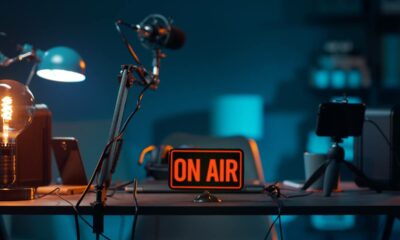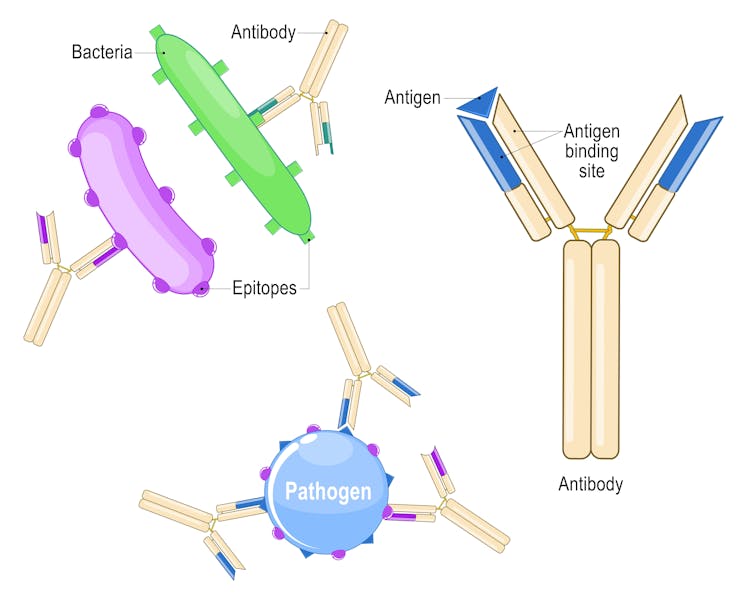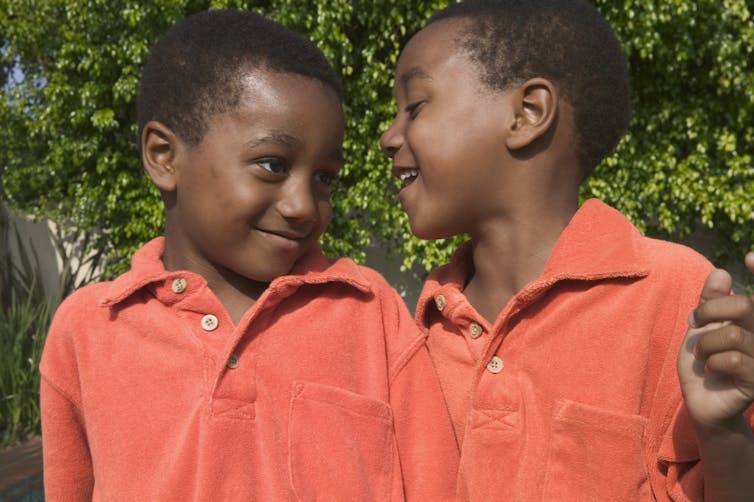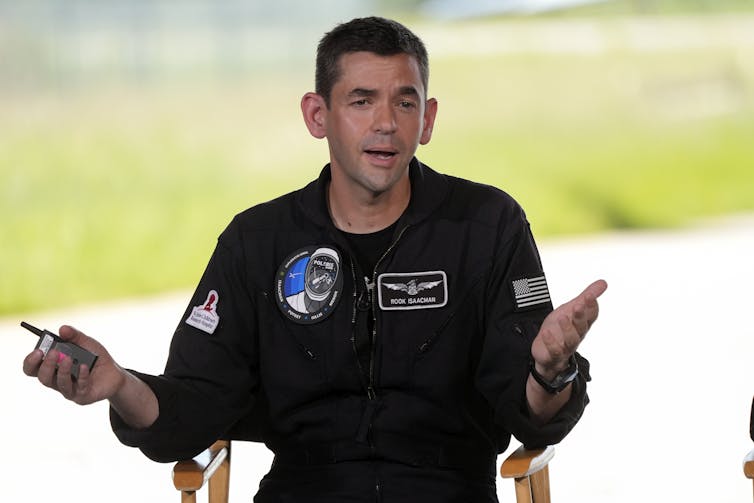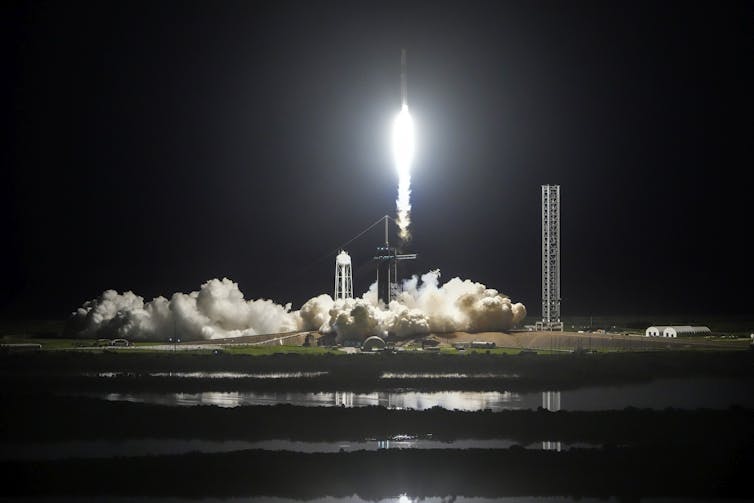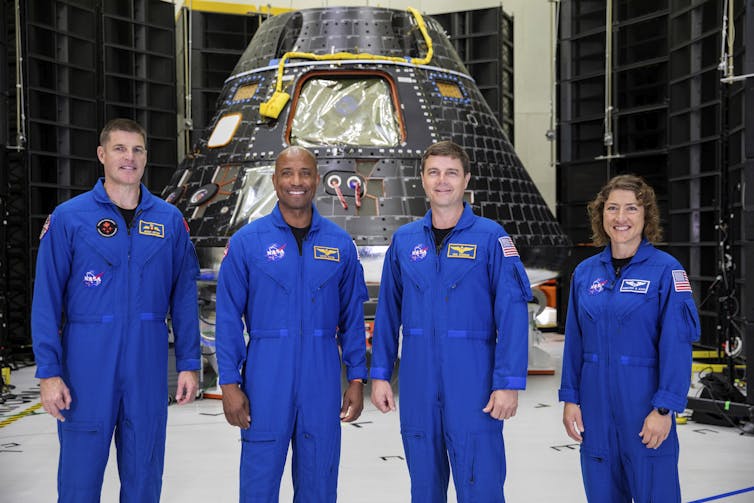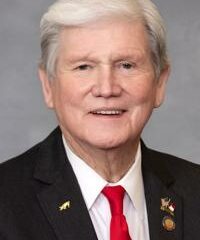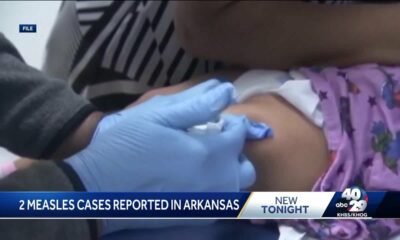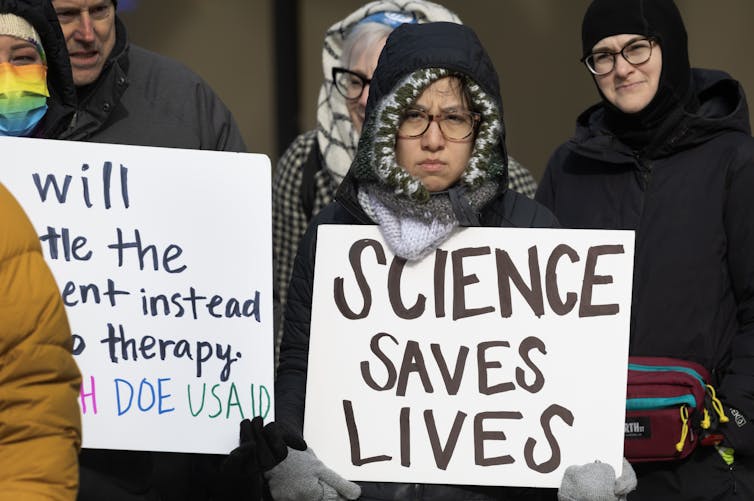
Scott Olson via Getty Images
Prakash Nagarkatti, University of South Carolina and Mitzi Nagarkatti, University of South Carolina
The National Institutes of Health is the largest federal funder of medical research in the U.S. NIH funds drive research and innovation, leading to better understanding and treatment of diseases and improved health outcomes.
The NIH provided more than US$35 billion in grants to over 2,500 universities and other institutions in 2023 to support biomedical research. Thus, it came as a shock to these institutions when the NIH, based on a new Trump administration policy, announced on Feb. 7, 2025, that it intends to cut the funding used to support the grantee institutions by $5.5 billion annually.
On March 5, a U.S. district judge in Boston issued a nationwide injunction blocking the administration from implementing the proposed cuts to NIH funding, arguing that the planned cuts were unlawful. However, the White House will almost certainly appeal.
We are a husband-and-wife team of immunologists who have been funded by the NIH for several decades. We believe our research has led to a better understanding of inflammatory and autoimmune diseases. In addition, one of us (Prakash Nagarkatti) served as vice president for research at the University of South Carolina for over a decade, managing all NIH grants awarded to the university.
While we believe such cuts will be detrimental to the entire country, they will disproportionately hurt states that traditionally have received very low levels of NIH funding, the majority of which are red states that supported Trump’s election to a second term. This is because such states lack resources to develop advanced research infrastructure necessary to compete nationally for NIH funding.
Several Republican senators have vocally opposed the funding cuts, including Susan Collins of Maine, who said they “would be devastating, stopping vital biomedical research and leading to the loss of jobs.”
Support for cancer, Alzheimer’s research
NIH funding is crucial for advancing biomedical research, improving public health and fostering innovation. It has a broad impact on different facets of society.
The agency funds biomedical research leading to the development of vaccines or new drugs to prevent and treat infectious diseases and clinical disorders. The NIH played a crucial role in funding research on pandemics and global health crises caused by HIV/AIDS and COVID-19.
In addition, the NIH supports advanced research in focused areas such as cancer, through the establishment of designated centers that offer cancer prevention, diagnosis, clinical trials and advanced treatment. Each year, approximately 400,000 patients receive cancer diagnoses and treatment at such centers.
Similarly, the NIH supports research in other focused areas, such as Alzheimer’s disease, through the establishment of specialized research centers.
The NIH also supports Small Business Innovation Research and Small Business Technology Transfer opportunities. These programs stimulate technological innovation by funding small businesses to commercialize new research ideas.
Moreover, the agency provides funding to train the next generation of biomedical scientists, clinicians and public health professionals. Thus, the NIH awards create jobs at universities, biotechnology companies and related industries. Together, such NIH programs promote local and national economies.
In 2024, NIH funding generated an estimated US$92 billion in economic activity. Every $100 million in NIH funding generates 76 patents, which creates $598 million in further research and development, as reported by NIH.
Therefore, any cuts to the agency’s budget will have far-reaching and significant consequences on health outcomes and the economy.

Caps on indirect costs
When the NIH awards grants, it is divided into two separate categories: the direct costs, which include expenses that are necessary to pursue the proposed work and that are provided to the scientists, and the indirect costs. These cover expenses such as maintenance of lab space, utilities, grant management, federal regulatory compliance, security and other miscellaneous needs. These funds are provided directly to the institution.
Indirect costs are negotiated between the institution and the federal agency and expressed as a percentage of the direct costs. Because each institution has unique operational expenses, the indirect cost rates vary from 30% to 70%.
The new policy rolled out by the NIH capped the indirect costs for all institutions at a fixed rate of 15%. In 2023, NIH spent $35 billion to support research at various institutions, of which $9 billion was used to cover indirect costs. Thus, NIH estimates it could save $4 billion by capping indirect costs at 15%.
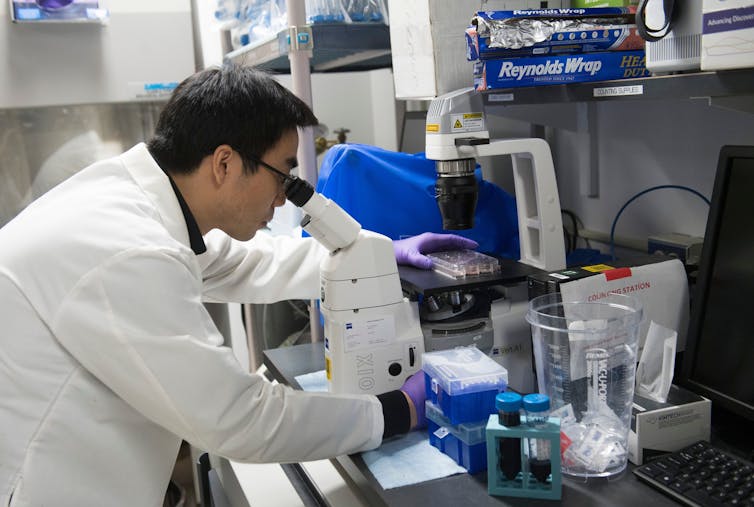
Saul Loeb/AFP via Getty Images
How red states get hurt the most
There is a significant geographic disparity in NIH funding that most people are unaware of. There are 27 states in the U.S. that receive 94% of NIH funding, while the other 23 states receive only 6%. Moreover, the NIH funding received by the 23 states has remained relatively unchanged for the past 20 years.
There are many reasons why the latter states are less competitive. These include: lack of large medical centers, hospitals and research-intensive universities; thin and more rural populations; less robust economies; and lack of cutting-edge research infrastructure driven by less investment by the states in research and development.
It is for these reasons that Congress in 1993 authorized the NIH to start a new program called the Institutional Development Award, or IDeA, to support the 23 states plus Puerto Rico that have traditionally received low levels of NIH funding. Such states are commonly called IDeA states and contain predominantly rural and medically underserved communities.
These awards, which constitute less than 1% of the total NIH budget, are expected to help these states grow their research infrastructure and make them more competitive nationally.
The IDeA states are: Alaska, Arkansas, Delaware, Hawaii, Idaho, Kansas, Kentucky, Louisiana, Maine, Mississippi, Montana, Nebraska, Nevada, New Hampshire, New Mexico, North Dakota, Oklahoma, Rhode Island, South Carolina, South Dakota, Vermont, West Virginia, and Wyoming, plus Puerto Rico. All the states but Delaware, Hawaii, Maine, New Hampshire, New Mexico, Rhode Island and Vermont voted for Trump in the 2024 election.
Indirect costs pay for cutting-edge technologies
Indirect costs, in addition to supporting the management of specific grants, are also helpful in promoting the institutions’ research infrastructure.
The indirect costs help purchase and upgrade state-of-the-art research equipment and technologies. They help institutions develop high-performance computing facilities that are critical for research missions and provide access to journals and books through the library facilities. These costs also renovate old labs and help create new cutting-edge facilities such as germ-free facilities for microbiome research.
Thus, the indirect costs are critical for IDeA states that have limited resources such as state support for pursuing research.
According to the Higher Education Research and Development Survey, in 2023, non-IDeA states like California invested $548 million and New York over $303 million in R&D. In contrast, IDeA states Kentucky and West Virginia invested $49 million and $15 million, respectively, in R&D.
Such data clearly demonstrates how challenging it would be for IDeA states to face cuts in NIH funding and advance research infrastructure.
In our view, it is critical that all states have access to NIH research funding to enable the states to solve the unique challenges they face, such as environmental issues and population health disparities.
For example, biomedical scientists and clinicians trained by NIH grants are addressing locally relevant issues such as coal workers’ pneumoconiosis, commonly known as black lung disease, which occurs when coal dust is inhaled. This is an occupational hazard linked to the coal industry in West Virginia and Kentucky.
Similarly, Hawaii, with its tropical climate, has mosquitoes that can carry dengue virus, so dengue infection can pose a unique health and economic problem for this state when compared with the others in the U.S.
Training the biomedical workforce and physicians in IDeA states also helps with retaining health providers in the state to further address these local challenges and prevents brain-drain to other non-IDeA states.
IDeA states heavily rely on NIH funds to pursue and advance their research capabilities and address local and general health challenges. For such states, already struggling to receive NIH funding, reducing indirect costs would further exacerbate their disadvantages, increasing the risk of falling behind in medical research, patient care and regional economic growth.![]()
Prakash Nagarkatti, Professor of Pathology, Microbiology and Immunology, University of South Carolina and Mitzi Nagarkatti, Professor of Pathology, Microbiology and Immunology, University of South Carolina
This article is republished from The Conversation under a Creative Commons license. Read the original article.

